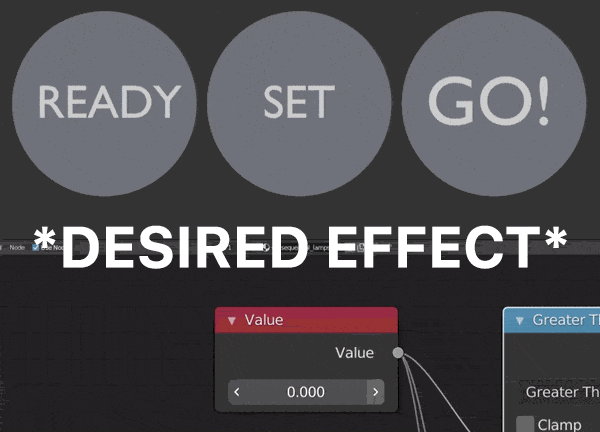I'm trying to make a functional sequential channeling/masking without any external media. To make my point clear, I made this quick .blend where a traffic light goes to red > yellow > green when the input value rises.
This is the effect I've got so far:
This is my node setup:
And this is the desired output:
I know that in a PBR workflow I could just make an image for channeling/masking the output colors via UV mapping, but I wonder if I can achieve the same effect without external data
Objective:
- Achieve the desired sequential effect with different color output on each element (see example above)
Rules:
- No external media or UVs for channeling/masking (PBR workflow)
- No external add-ons or plug-ins
- No animation/keyframe use
Extra points for:
- Optimizing node setup
- Finding and explaining a better way to achieve the desired effect
- Is there a binary value input? like an ON/OFF for each individual element instead of setting a
mathconditional by numeric values?
Thanks in advance for your help!
















